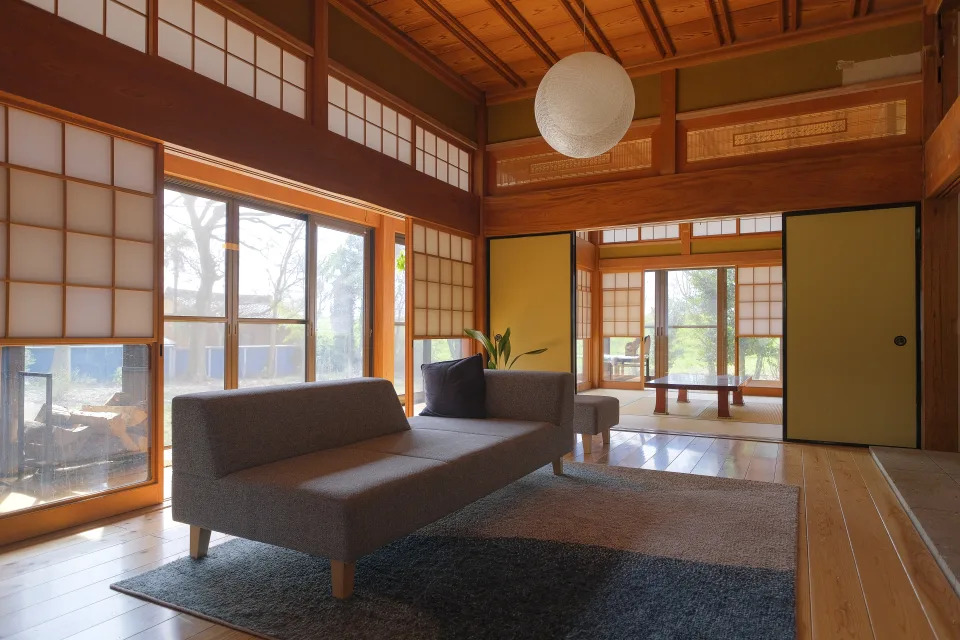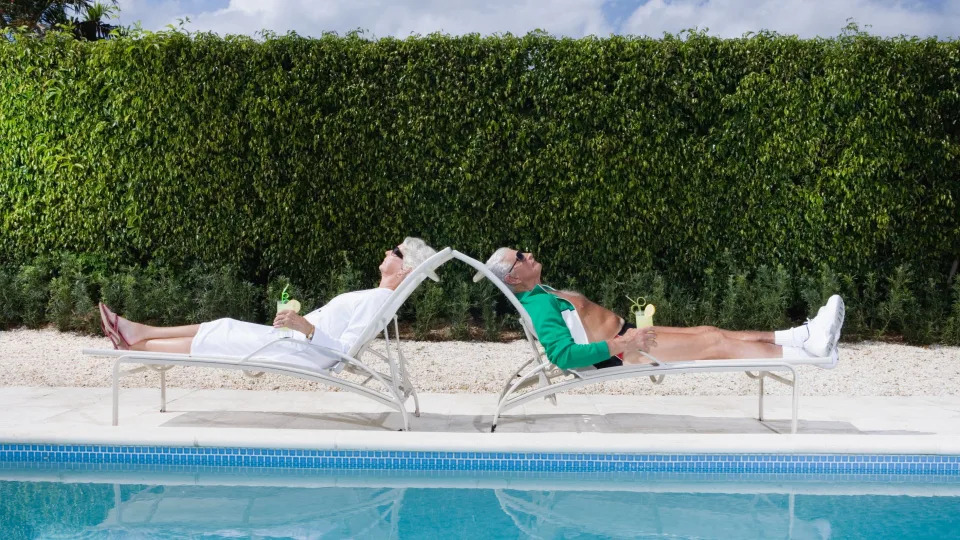South Florida Sun Sentinel
Who says Florida property insurers aren’t taking new customers? See whether yours added or subtracted policies
Ron Hurtibise, South Florida Sun Sentinel – April 17, 2023
Apparently not all Florida-regulated property insurance companies are too financially troubled to take on new customers.
Thirty-two companies added customers between the second and third quarters of 2022, according to a South Florida Sun Sentinel analysis of market share data released by the Florida Office of Insurance Regulation.
A few companies added significant numbers of what are called personal residential policies that cover single-family homes, condominiums and even renters.
Of 18,243 new policies written by State Farm Florida, currently the third-largest carrier in the state, 8,595 were homeowner policies, 2,538 were new tenant policies, and 7,110 were new condo policies.
Castle Key Indemnity, a subsidiary of Allstate, added 8,508 new policies, including 3,987 homeowner policies and 3,805 tenant policies.
Edison Insurance, owned by Boca Raton-based Florida Peninsula, added 4,766 policies, of which 4,176 were homeowner policies.
The analysis suggests that reforms enacted in two special legislative sessions to reduce litigation against insurers — though disliked by plaintiffs attorneys, repair contractors and public adjusters — are encouraging carriers to expand their presence here.
Insurance insiders contacted for this report said it’s a promising sign that so many companies are deciding to take on new business.
Restrictions intended to reduce lawsuits against insurers that were enacted during two special sessions have given some companies confidence to expand in the state, said Mark Friedlander, communications director for the industry-funded Insurance Information Institute.
“The data shows some positive signs for Florida’s property insurance market,” Friedlander said in an email. “Several private insurers have indicated they are willing to take on more risk based on the property insurance reform that was passed in December and the new tort reform bill that was passed in March.
“Based on the Q3/Q4 2022 data, it appears a few insurers were willing to assume more risk even before the market reforms were enacted. Insurance agents are also starting to see more options when trying to place a customer’s business.”
The Sun Sentinel’s analysis compares market share data that insurance companies have tried to keep confidential over the past six years. Since 2017, more than 60 private-market companies, including most of the largest, have blocked quarterly release of their county-by-county and — until this year — statewide market data after State Farm won a court battle that allowed companies to declare the information a “trade secret.”
State Farm objected to county-level dissemination of its policy counts, saying it provided competitors with too much insight into markets where the company was targeting its marketing efforts.
But last May, lawmakers included, among reforms desired by insurers, the required disclosure of aggregated statewide policy data with no option to declare it a trade secret.
Formerly ‘trade secret’
The first statewide spreadsheet released under the new law disclosed policy counts, total premium collected, the value of insured property, cancellations, and other information, for the third quarter of 2022. The second release, for the fourth quarter, made it possible to compare which companies added and subtracted policies, as well as average policy costs and average value of property covered, between the third and fourth quarters.
Not surprisingly, insurers that posted significant policy count increases weren’t eager to share their reasons why. Insurers are generally tight-lipped about all aspects of their business.
“We can’t talk about our growth strategy but we can share that State Farm continues to maintain the financial strength to be there for our Florida customers,” a State Farm spokeswoman said by email.
Clint Strauch, president of Edison Insurance and Florida Peninsula, credited its professional network of agents, traditional underwriting practices and fiscal conservatism, “which gives us the financial ability to take on new policies.
He added, “We are bullish about the state of insurance in Florida, in light of the positive steps taken by the Governor and the Legislature to stabilize the market for all Floridians.”
Even as it revealed a number of companies willing to take on new business, the data comparison showed that an even larger number of companies continued to lose policies, either deliberately to reduce the amount of risk on their books and thus, their reinsurance costs, or because policyholders are shopping for lower prices, possibly from state-owned Citizens Property Insurance Corp.
Seventy companies saw reduced policy counts between the third and fourth quarters. Of them, 16 lost or shed more than 1,000 policies each.
Those companies are among the largest in the state, including the second-largest behind Citizens, Fort Lauderdale-based Universal Property & Casualty, which reported 23,100 fewer policies at the end of the fourth quarter compared to three months earlier.
Others were ASI Preferred (down 16,014), a subsidiary of Progressive, which last year announced plans to stop writing new policies in Florida; American Integrity (-7,051); Security First (-6,729); and Heritage Property & Casualty (-6,528).
Slide Insurance Co., which was founded by former Heritage CEO Bruce Lucas in early 2020, saw a 6,272-policy reduction. However, since Dec. 31, the company announced plans to add up to 91,000 policies covered by United Property & Casualty when that company went into dissolution in February.
Travis Miller, spokesman for Universal Property & Casualty, said it’s not accurate to assume that the company “shed” 23,100 policies.
“Instead, the data more simply shows that during the quarter, the reduction in (Universal’s) policies exceeded the number of new business policies it wrote,” he said by email. “An insurer can see reductions in its policy count for reasons beyond its typical renewal underwriting process.”
Many customers in the current climate of rapidly rising rates are comparative shopping, he said, including many with Citizens, which by law offers premiums below market rates to homeowners who cannot find comparable coverage that costs less than 20% more.
“To a lesser degree, some insureds also are making the difficult decision to forego coverage,” Miller said.
Those decisions can be inferred from the data that show the number of overall homeowner policies stayed relatively flat between the third and fourth quarters even though 57,004 single-family homes were sold between Oct. 1 and Dec. 31, according to the Florida Association of Realtors.
And Citizens, the “insurer of last resort,” added 73,617 personal residential policies in the fourth quarter, more than any single private-market company.
Citizens’ continued growth is a sign that insurance industry troubles persisted into the fourth quarter as it became the insurer of last resort for homeowners unable to find an affordable policy elsewhere.
The next set of data, for the first quarter, will show a similar increase for Citizens, according to data posted on the company’s website. But brightening conditions could begin to nudge policyholders back to private-market insurers, Friedlander said.
“We learned this week that more than 61,000 policies have been approved for take-out from Citizens by three Florida insurers — Monarch National Insurance, Florida Peninsula and Edison Insurance Co.,” he said.
Tallahassee-based Monarch National alone was approved to take out up to 46,218 policies, Citizens spokesman Michael Peltier said.
In addition, a new company has been approved by Florida regulators to enter the market: Tailrow Insurance is being launched by publicly traded HCI Group, which also owns Homeowners Choice and TypTap Insurance, and will begin writing new business this year, according to a consent order filed by the Florida Office of Insurance Regulation.
Both the Citizens takeouts and the newly launched Tailrow Insurance “are positive signs,” Friedlander said, adding, “It would not surprise us if some of the property insurers that posted a net decline in policies during 2022 begin to move in the other direction in 2023.”
More insurance availability if you can pay
Yet, increased availability of insurance is coming at higher prices, as policyholders hit hard by rate increases over the past two years can attest.
John Rollins, former chief risk officer at Citizens, notes that strong headwinds are still facing companies trying to secure required levels of reinsurance — coverage insurers buy to guarantee the ability to file all claims after a catastrophe — by June or July, ahead of the most active part of the hurricane season that begins around mid-August. Whatever they’ll end up having to pay will be passed along to their customers.
The reinsurance renewal period “by all accounts is set to feature the largest year-over-year price hikes in living memory,” Rollins said.
Gallagher Re, a global reinsurance broker, said reinsurance rate increases for catastrophe loss have ranged from 50% to 100% according to Artemis.bm, a website targeted to capital markets investors.
“This would make four years in a row of reinsurance prices ratcheting up — slightly at 2020 and 2021, 30% at 2022, and now this,” Rollins said. “Companies will pass through the costs in rate filings once they are clear, but nobody knows where the market will settle right now.”
Until the dust settles, “smart managers would not be adding policies,” he said.
Other observations
Tenant policies up: Even as the overall number of homeowner policies remained flat, the number of insurance policies purchased by renters increased statewide by 53,999 to 1.15 million at the end of the fourth quarter.
“The spike is not surprising as Florida’s rental market has become the most robust in the U.S.,” Friedlander said. “The cost of renters insurance is extremely reasonable for consumers and fairly low risk for insurers compared to property coverage. Most landlords required their tenants to have individual renters coverage, which is a very good thing.”
Tenant insurance is so cheap, there’s no excuse to forego it. The average annual premium, according to the data, was $200. The highest average premium, $13,643 was charged by a company that insures just 12 condos in the state, Pacific Indemnity Co., and the average insured value of those 12 condos was $1.2 million. The lowest average premium was $11 paid by 10,924 customers of Markel Insurance Co.
Homeowner premiums: Average homeowner premiums as of Dec. 31 ranged from a low of $346 for the 2,848 properties covered by Farmers Casualty to $51,823 for the 252 properties insured by Century-National.
The average homeowner premium increased from $2,908 to $3,026.
The average insured value of covered single-family homes — known in the industry as “exposure” — jumped from $624,126 on Sept. 30 to $641,253 on Dec. 31. The average exposure ranged from $12.7 million for each of five houses insured by Ace Insurance Co. of the Midwest to $285,823 for customers of White Pine Insurance Co.
Condos: The average cost to insure a condominium unit increased from $1,375 to $1,419 between Sept. 30 and Dec. 31. Because they are smaller and have common areas insured by separate commercial policies, it costs less to insure condo units. The highest average condo premium in Florida was $13,643 from American Home Assurance Company, while the lowest was $348 from Teachers Insurance Co., which insures exactly one condo unit in the state. The average insured value for condos increased from $154,431 on Sept. 30 to $156,777 on Dec. 31.



















